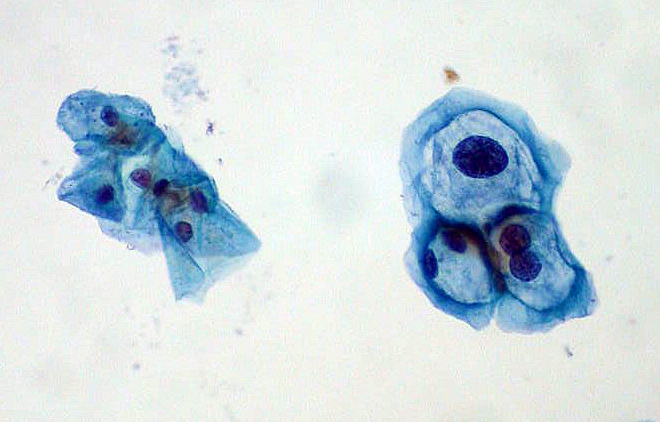Report Picture Perfect Annual Wellness Visits With These 5 Tips
The Affordable Care Act (ACA) extended preventive coverage to more than 88 million patients covered by health insurance, and Medicare has codified that benefit in the form of an annual wellness visit. Medicare valued the new annual wellness codes based on a level 4, problem-oriented new and established E/M service. The two new codes are:
- G0438 – Annual wellness visit; includes a personalized prevention plan of service (PPPS), first visit
- G0439 – Annual wellness visit; includes a personalized prevention plan of service (PPPS), subsequent visit.
Tip 1: Apply G0438 to Second Year of Coverage
Be wary of applying these codes to new Medicare patients coming in to your physician’s practice in 2011.
The reason is that Medicare will only reimburse the initial visit (G0438) during the second year the patient is eligible for Medicare Part B. In other words, during the first year of the patient’s coverage, Medicare will only cover the Initial Preventive Physical Exam (IPPE), also known as the Welcome to Medicare exam.
Tip 2: CMS Limits G0438 to One Physician
If your FP sees the patient for the initial visit (G0438) and the patient sees a different physician for the next annual wellness visit, that second physician will only receive reimbursement for the subsequent visit (G0439), despite having never seen the patient before.
CMS has indicated that when a patient returns to the same or new physician in a third year, they might only pay for the subsequent visit, says Melanie Witt, RN, COBGC, MA, an independent coding consultant in Guadalupita, N.M. “It is therefore important that you convey this information to any new physician the patient sees.”
Tip 3: Add Preventive Service Codes, If Performed
You can bill the new annual visit codes in addition to any other preventive service, such as G0102 (Prostate cancer...

 When a patient returns to your office for a repeat Pap smear, you’ve got to weigh your options of E/M and specimen handling codes, as well as diagnosis codes. Take this challenge to see how you fare and prevent payment from slipping through your fingers.
When a patient returns to your office for a repeat Pap smear, you’ve got to weigh your options of E/M and specimen handling codes, as well as diagnosis codes. Take this challenge to see how you fare and prevent payment from slipping through your fingers.